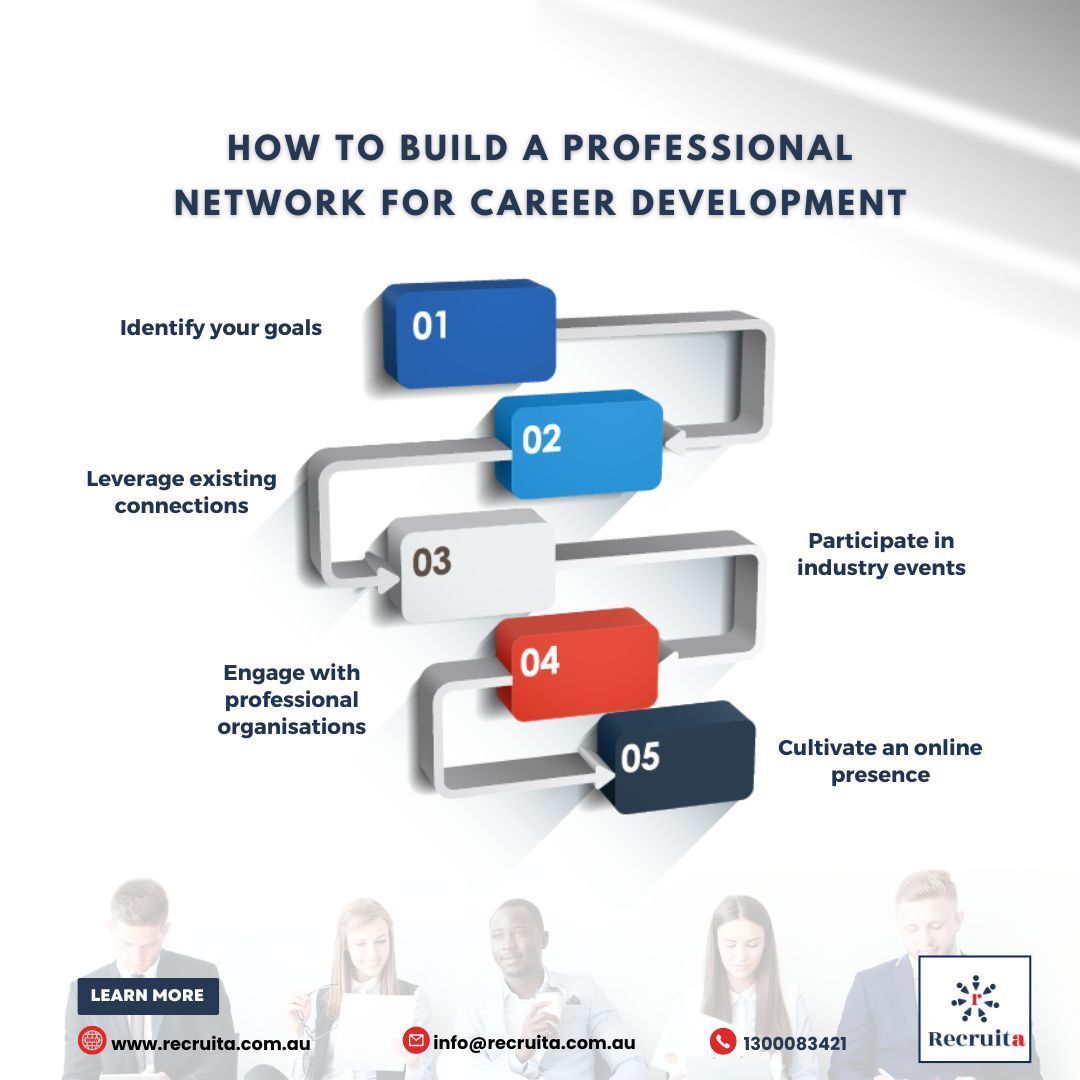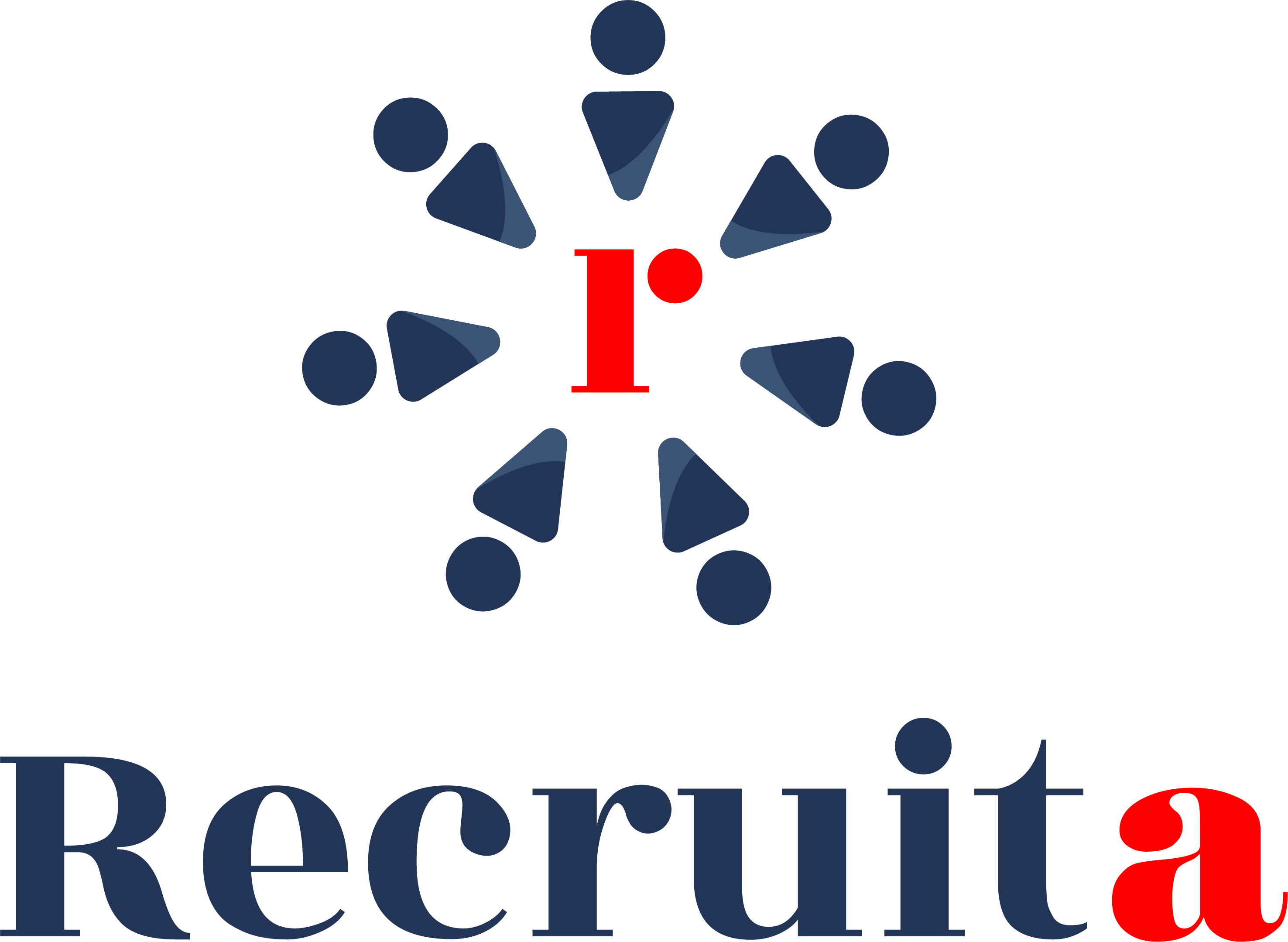Employee development program: Learn how to create a growth-focused strategy
Development matters to employees, especially amidst today’s rapid advances in technology. In fact, 67% of professionals say they get less training than they want on new AI tools, and 41% of employees agree they’ll look for a new job in 2024 if they don’t get the training they need. (1)
At the same time, more and more managers report that they don’t have the skills to meet the demands of the modern workplace. (2) That highlights how essential employee development programs are for companies that want to support their team leads and foster future organizational leaders.
If you’re still not convinced that you should prioritize development, consider this: According to LinkedIn’s recent Future of Work Report, AI will likely change the skills required for our jobs by 65% by 2030. (3)
A well-constructed employee development program is indispensable for organizations that want to upskill their best talent, promote internally, engage team members, and future-proof their companies. Still, development programs take collaboration at every level to be effective.
In this in-depth guide to creating an employee development program, we’ll cover:
- What an employee development program is
- How it differs from employee development plans
- Why implementing one matters
- Seven steps to establishing an effective development program
📈 Align development programs with employee needs
Our Competency Frameworks integrate with Leapsome Learning, allowing you to design courses based on the skills your employees need.
👉 Learn more
- TalentLMS and Vyond, 2024
- Gallup, 2023
- LinkedIn’s Future of Work Report, 2024
What is an employee development program?
An employee development program is a training curriculum that organizations design for all staff members or a specific department or team. While every company may create employee development programs to address different issues or gaps, some classic examples include:
- Orientation and onboarding
- Management training
- One-time training related to specific topics or events
- Regular, company-wide professional development workshops and conferences
The great news is that you can create an employee development program about anything you need to address at a department or company level. For instance:
- Building a time management training program if your employees need help organizing their time effectively.
- Designing a finance-related program to help employees understand their compensation package and manage their money.
- Starting a mentorship program for women, people of color, and other underrepresented groups as one of your diversity, equity, and inclusion (DEI) initiatives.
Employee development programs vs. plans: What’s the difference?
An employee development plan, unlike a program, is an individualized path that companies create on an as-needed basis
It can be confusing to distinguish between employee development plans and programs. You might even wonder whether the difference matters, but it does — because creating a personnel development program is much more costly than setting up an individualized plan.
An organization might create an employee development program to address recurring issues or challenges like onboarding or leadership. For instance, managers may notice that many employees report the same hurdles, like a long learning curve with specific tools or a need for mentorship. As a result, they might decide to create a development program to address these concerns.
On the other hand, a manager or team lead may create an employee development plan for a specific group of team members or individuals. Think of a performance improvement plan that leadership might implement for employees who don’t meet workplace expectations. Alternatively, a team lead and their report may work together to create a plan around that employee’s specific goal, like improving their communication or writing skills.
So, breaking it down, employee development programs:
- Exist for all employees, a specific department or team, or a certain subgroup of employees
- Are created once to address recurring needs and challenges
- May run on a specific schedule, where applicable
- Likely won’t need much managerial or leadership oversight
In contrast, employee development plans:
- Exist for an individual or a select few people
- Are created to address a particular challenge or meet a particular goal
- Can be implemented on an as-needed basis and don’t need to follow a specific structure
- May require more managerial or leadership involvement
⭐️ Create a culture of development for your people
Whether you’re designing a development program or an individualized plan, Leapsome Learning has the courses, paths, and automated workflows you need.
👉 Learn more
The benefits of an employee development program
Leapsome’s Competency Framework feature helps companies create more clarity about the professional skills team members need to advance
Demonstrating your employee development program’s return on investment (ROI) to your organization’s leadership isn’t easy. However, creating one is well worth it. Development programs can help you:
- Increase employee engagement and boost retention rates — Professional development is a key driver in employee engagement and retention. That’s because the right training equips employees for their current roles and helps people establish and work towards specific career paths and opportunities.
- Build a more diverse and equitable culture — If you want to foster a diverse, inclusive workplace, creating an employee development program is a great place to start. Doing so closes skills gaps between employees who belong to underrepresented groups and their peers. Listening to team members from diverse backgrounds is essential to helping you determine what kinds of training you should prioritize.
- Instill a growth mindset — If you want your business to expand and thrive, you need a driven team that wants to grow together. Development programs help create a solid foundation for an ecosystem of learning and advancement. Still, you must develop your programming in collaboration with managers, leadership, and team members so everyone is involved.
7 steps to establishing an employee development program that helps employees thrive
With a step-by-step plan, putting together an employee development program doesn’t have to be a daunting task
Share this infographic on your site
Simply copy the code snippet below and paste it into the HTML of your web page. Please include attribution to Leapsome.
It’s often the managers’ job to initiate the process of creating development programs for employees, so if your organization hasn’t created a structured process or roadmap for such a program, you might not know where to start. In that case, we recommend following the subsequent steps to establish a successful development program.
🏗️ Start your development planning on a firm footing
Use Leapsome’s AI-powered Competency Framework to generate a growth roadmap for every role in your organization — with only three inputs.
👉 Learn more
1. Take stock of your company & departmental OKRs
Use a platform like Leapsome Goals to create company and team OKRs to inform your development programs
If you’re in a managerial or leadership position, avoid creating a personnel development program in reaction to a problem. You’ll have much more success and get company-wide support for your professional development initiatives if you base them on your company goals, objectives, and key results (OKRs).
Connecting your employee development program with your OKRs helps align company goals and initiatives to ensure you’re moving the needle forward effectively.
Another reason to bring development into your OKR review and iteration process is that it’s already collaborative. So, it’ll naturally prompt you to work with leadership, team members, and even cross-departmental stakeholders to ensure your ideas are meaningful and realistic.
That way, when it’s time to implement your OKRs — which in this case would include creating a training program — you’ll have the support and backing you need.
2. Do a needs analysis to identify skills gaps
There are a few ways to go about performing a needs or skills gap analysis for your employees, but here are a few methods you can use:
- Analyze previous employee surveys and questionnaires — Make sure you evaluate the answers to open-ended questions as well as responses where employees rated their experiences on a Likert scale from one to ten.
- Review data from previous exit interviews — Get valuable insights into why your previous development initiatives may have failed and how you can improve them in the future.
- Revise the core competencies listed in your current job descriptions — Are those qualifications still sufficient for the role, or do they need to be modified or added to in any way to make your employee development program more relevant?
- Ask for direct observations from managers — Managers can speak directly to gaps they notice in team members’ performance. They may also identify soft skills that could make internal operations more efficient.
- Study previous performance review and performance objectives data — Performance reviews and objectives can help determine where employees need to develop in line with their current roles and aspirations.
3. Ask employees for feedback
Leapsome Surveys makes gathering employee feedback easy with customizable templates and AI tools that summarize data quickly
If your organization is dedicated to helping staff members better themselves professionally, regular employee feedback should be part of your development programs. And you need to ask about the right things, too.
Here are some questions we recommend including in an employee survey about development:
- Are you satisfied or dissatisfied with our current training programs? Can you explain why?
- What do you value about our current training programs?
- What soft skills would you like us to prioritize in future development programs? Choose as many as you’d like:
— Time management
— Collaboration
— Leadership
— Critical thinking and problem solving
— Creating a more inclusive, equitable work environment
— Innovation
— Flexibility and adaptability
— Empathy
— Assertiveness
- How often would you prefer development and training to happen? Please choose only one:
— Once a month
— Once every three months
— Every six months
— Once a year
— As needed
- What learning methods or modules do you prefer? Please rank them from one to eight, with one being your most and eight being your least preferred:
— Video training
— Webinars and lectures
— Simulated environments
— Podcasts and audio
— Online articles and resources
— Structured courses with learning modules
— Role-playing
— Print resources like textbooks or manuals
- Where do you prefer to learn? Please rank them from one to five, with one being your most and five being your least preferred:
— With an instructor, in-person
— With an instructor, remotely
— A hybrid of in-person and virtual training
— Online, but self-paced
— Offline, but self-paced
As you process employee feedback, keep an open mind and think critically. You won’t be able to approach all knowledge or skills gaps with the same solution. For instance, even if most of your employees prefer online, self-paced training programs, that may not be the best way to address your team members’ needs.
4. Evaluate your training options against your available resources
Now that you’ve collected executive, managerial, and employee feedback, you should have some sense of the training options that would work best for your employee development program.
However, before deciding which type of training to implement, assess the resources you currently have at your disposal. These include:
- Budget — First, determine how much it would cost to train one employee. Then, multiply the number of employees you’ll be training by the cost of that training to determine your total expenses. If your calculations show you’ll go over your current budget, talk to your leadership team to determine if there’s a workaround or ask them to adjust it.
- Time — Consider how long it’ll take for employees to learn and gain confidence with their new skills, and ensure you’re using their time wisely. If your employees find training too time-consuming, it may demotivate them and make them feel it’s only interfering with their other duties. You may ultimately favor a short, hour-long webinar or single-day seminar to minimize the impact on employee schedules.
- Return on investment — It can be challenging for managers and HR professionals to prove that training programs boost metrics like productivity and profitability. However, employee development tends to positively impact job satisfaction and engagement, improving output and enhancing business performance. That means you can use your engagement scores to indicate a good return on investment.
5. Report your training plan recommendations to stakeholders
Securing stakeholder support is essential before proceeding with any employee development programs. Keep in mind that stakeholders likely don’t have as much visibility over your team and employee training needs as you do, which means they may be more invested in staying under budget and minimizing their time commitment. Be sure to anticipate these or similar questions from your leadership team and other stakeholders:
- Are we already offering similar training on that subject?
- Can we combine these training sessions?
- Does this training need to be provided company-wide, or is it only applicable to a select group of employees?
- Would it be possible to conduct this training session 100% remotely?
- Do we already have an in-house expert who could lead a short training, rather than having to pay an external expert?
- How long will it take for employees to achieve proficiency after the training?
- Will this training be mandatory? And if not, how will we motivate employees to complete it?
6. Design incentives for employees to complete your program
Employees will want to know whether your company’s training sessions and personnel development programs are mandatory. Even if they find your courses useful, some team members will need extra motivation to complete them.
For instance, we recommend making your training and development program part of your employee competency frameworks and promotion criteria. Employees should know they’ll have to complete specific training before advancing to another role.
As an additional incentive, consider setting up a rewards and recognition program for employees who complete certain training milestones and demonstrate proficiency with their new skills. You could even harness the power of healthy competition and design a contest around one of your training programs, for example, by dividing your trainees into teams and seeing which group accumulates the most points on quizzes.
7. Make space for practice & mentorship
Employees need time for practice and mentorship before they can become proficient with a new skill
It doesn’t matter if your employee development program focuses on nurturing hard skills or soft skills — team members need time to practice. Think of training sessions as introductions to skills rather than exhaustive courses. Indeed, people will need time to grasp all the applications of the learning material.
With this in mind, managers should anticipate that it’ll take staff a few months to build proficiency with their new skills. That means incorporating those months into your employee development program’s timeline.
You should also reinforce any training with coaching and mentorship. Ask team members who have more experience with a certain skill to check in with your trainees. Peer-to-peer mentorship is particularly important for skills like coaching, leadership, and communication, which often require more interpersonal guidance, exchange, and experience to improve.
Upskill your workforce the right way with Leapsome
Leapsome’s Competency Profile shows soft skill assessment scores, as well as how peers, direct reports, and managers rate someone’s performance
Well-designed development programs are a win-win for companies. While they may require organizations to invest time and resources upfront, they empower employees with the competencies they need to advance professionally. Not to mention, they enable businesses to lay the right foundation for future leadership.
Still, you can’t create robust development programs for your employees without collaboration, transparency, and data.
Thankfully, Leapsome has the customizable templates, automations, and analytics you need to design an engaging employee development program. Our AI-powered Competency Frameworks enable you to generate a customizable skills matrix for every role within your organization with only three prompts, saving leadership time and energy. It also seamlessly integrates with Leapsome Learning for customizable course creation — and our Learning Marketplace, which offers a wide range of high-quality pre-built courses you can incorporate into learning paths. What’s more, in-depth data from Leapsome Reviews and Goals mean it’s simple to track development and measure the impact of your training programs.
With Leapsome’s holistic suite of people enablement tools, it’s never been easier to take a data-based, people-centric approach to employee development.
🔥 Develop better employee development programs by leveraging data and collaboration
Leapsome gives you access to the data you need to identify skills gaps and create more effective training programs.
Source: https://www.leapsome.com/blog/employee-development-program



